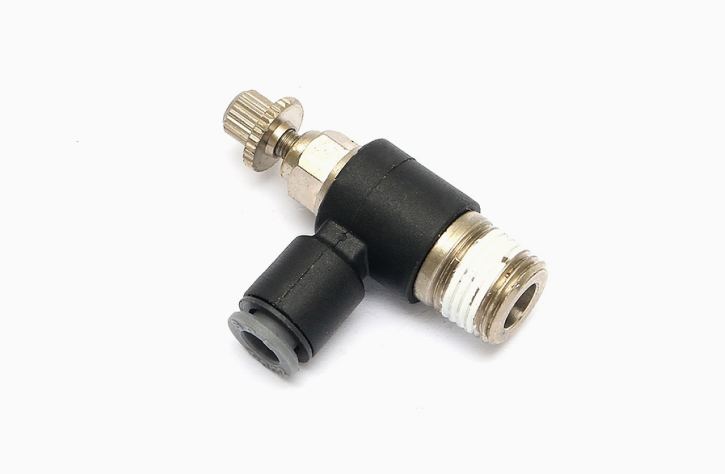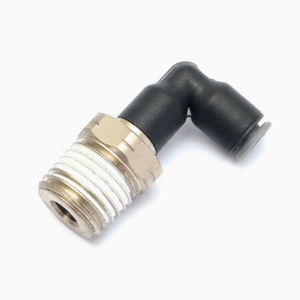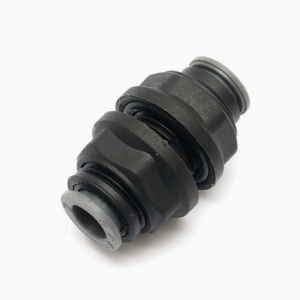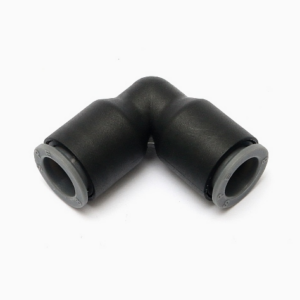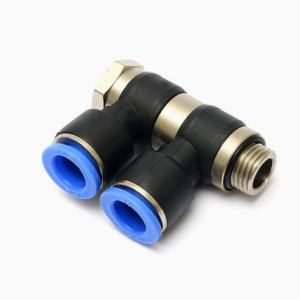Small flow speed regulating valve
Legris pneumatic connector, 7665 throttle valve. The large flow speed regulating valve body is formed in one step, the air flow can be completely closed, and the small diameter air intake is adopted. It has ultra-high sensitivity, and the flow adjustment is arbitrary and handy. It is suitable for equipment with relatively high flow requirements.
Product Contents
Legris small flow speed regulating valve, 7665 throttle valve. The valve body is formed in one step, can completely close the airflow, has ultra-high sensitivity, can adjust the flow as desired, and is handy, suitable for equipment with high flow requirements.
Product Features:
(1) Legris pneumatic connector, 7665 small flow rate regulating valve.
(2) The valve body is molded in one step, has ultra-high sensitivity, and can be fully closed.
(3) With two adjustment modes, external adjustment and safety adjustment screw, it provides the characteristics of precision adjustment, accuracy and compactness
(4) Small flow control valve material: nickel-plated copper, engineering plastics, stainless steel, NBR. • Pressure: vacuum to 10 bar.
(5) Ergonomic design, wide range of product applications, easy to adjust, no tools required, and can be locked.
(2) The valve body is molded in one step, has ultra-high sensitivity, and can be fully closed.
(3) With two adjustment modes, external adjustment and safety adjustment screw, it provides the characteristics of precision adjustment, accuracy and compactness
(4) Small flow control valve material: nickel-plated copper, engineering plastics, stainless steel, NBR. • Pressure: vacuum to 10 bar.
(5) Ergonomic design, wide range of product applications, easy to adjust, no tools required, and can be locked.
Specifications:
Scope of application
Compressed air, vacuum, water
Vacuum Capacity
755mmHg (99% vacuum)
Operating temperature
0~+60℃
Work Pressure
When the working temperature is 0~10℃, it can reach 15Bar. The specific working pressure is related to the type of plastic pipe used.
Materials used
Nickel-plated copper, engineering plastics, stainless steel, NBR

Model:
BSC
Working temperature:
0℃/+60℃
Maximum operating pressure:
10 Bar
Material:
engineering plastics, nickel-plated brass, nitrile rubber
Applicable media:
compressed air, vacuum, water
Vacuum rated pressure:
755 mmHg (99% vacuum)
Suitable for pipe outer diameter: Ø4, Ø6, Ø8, Ø10, Ø12, Ø1/8, Ø5/32, Ø1/4, Ø5/16, Ø3/8, Ø1/2
Precautions for using trachea pneumatic joints:
1. Make sure that the cut surface of the pipe is vertical, there are no scratches on the outer circumference of the pipe, and the pipe is not oval.
2. When inserting the pipe, be sure to insert it to the bottom of the joint. If the pipe is not inserted to the bottom, it may cause leakage.
3. After the pipes are connected, pull the pipes to make sure that the pipes cannot be pulled out of the joints.
4. Please do not use for purposes other than fluids.
5. Do not exceed the maximum operating pressure during use.
6. Do not use it outside the operating temperature range to prevent deformation of the sealing material, which may cause leakage.
7. Do not hit, bend or stretch it artificially to prevent damage.
8. Do not use in places mixed with metal powder or sand dust, as attachment of debris may cause malfunction or leakage.
2. When inserting the pipe, be sure to insert it to the bottom of the joint. If the pipe is not inserted to the bottom, it may cause leakage.
3. After the pipes are connected, pull the pipes to make sure that the pipes cannot be pulled out of the joints.
4. Please do not use for purposes other than fluids.
5. Do not exceed the maximum operating pressure during use.
6. Do not use it outside the operating temperature range to prevent deformation of the sealing material, which may cause leakage.
7. Do not hit, bend or stretch it artificially to prevent damage.
8. Do not use in places mixed with metal powder or sand dust, as attachment of debris may cause malfunction or leakage.
Notes when disassembling:
1. Use appropriate tools to disassemble the pipe joint using the outer hexagonal part of the pipe joint.
2. Remove the sealing material adhering to the opposite side of the pipe joint to prevent the adhering sealing material from entering the surrounding components and causing failure.
2. Remove the sealing material adhering to the opposite side of the pipe joint to prevent the adhering sealing material from entering the surrounding components and causing failure.

